
On the night of January 23rd, 1961, a lucky turn of events prevented the greatest nuclear disaster the United States would have known. Thousands of people would have died instantly, with millions more at the mercy of nuclear fallout. This lucky save is now known as the Goldsboro Incident.
The Goldsboro incident wasn’t the only nuclear mishap that happened in the 1950s and 1960s, but it is definitely the one that could have had the most severe outcome. On that fateful night in January, a B-52 Stratofortress bomber patrolling the skies over the Atlantic Ocean developed a fuel leak. The pilots were advised to seer their craft and make an emergency landing at Seymour Johnson Air Force Base near Goldsboro, North Carolina. While approaching the airfield, the pilots lost control over the plane, and to save their own lives - had to bail out. Only five of the crew members managed to parachute safely out. Three pilots were killed in the crash.
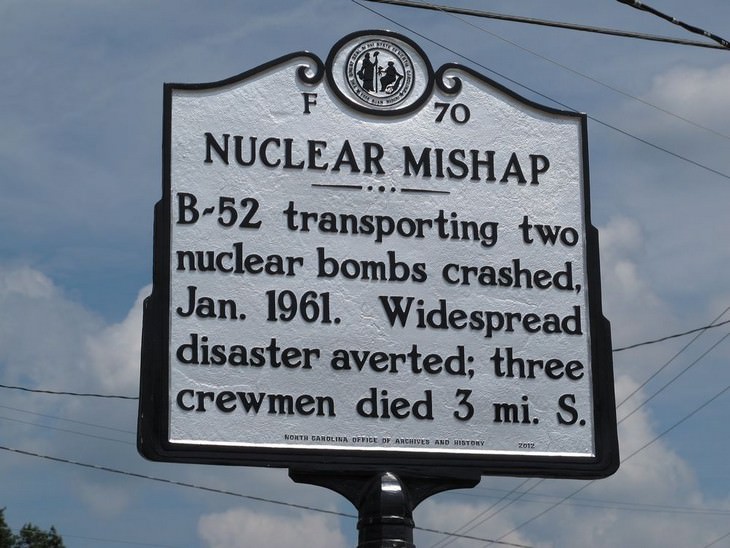
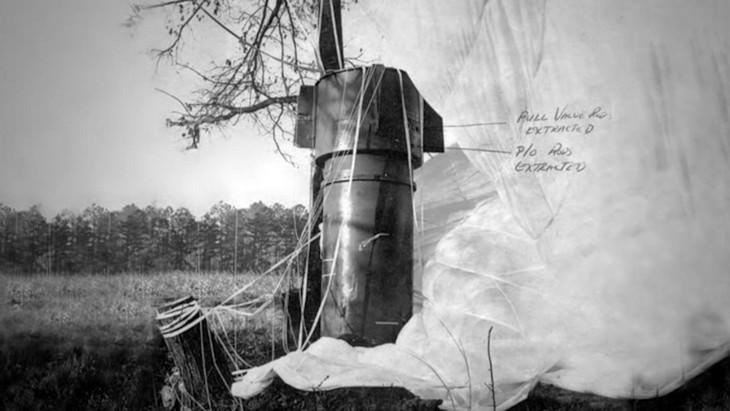
The official announcement of the US airforce claimed there was no danger of radiation in the area as the nuclear core of the weapons was intact. However, a former military analyst claimed to have seen highly classified documents that clarified how close the situation was to becoming complete chaos. According to said document, the bomb had accidentally armed itself while falling, and only one out of its seven arming switches was in the “off” position preventing detonation! This information was confirmed in 2013 by author Eric Schlosser. While researching his book Command and Control, Schlosser unearthed a declassified document written by the supervisor of the nuclear weapons safety department at Sandia National Laboratories Parker F Jones. “One simple, dynamo-technology, low voltage switch stood between the United States and a major catastrophe,” Jones wrote. The second weapon, which crashed without the parachute, broke up into several pieces, one of which was never found. The lost piece contained a significant amount of high-enriched uranium.
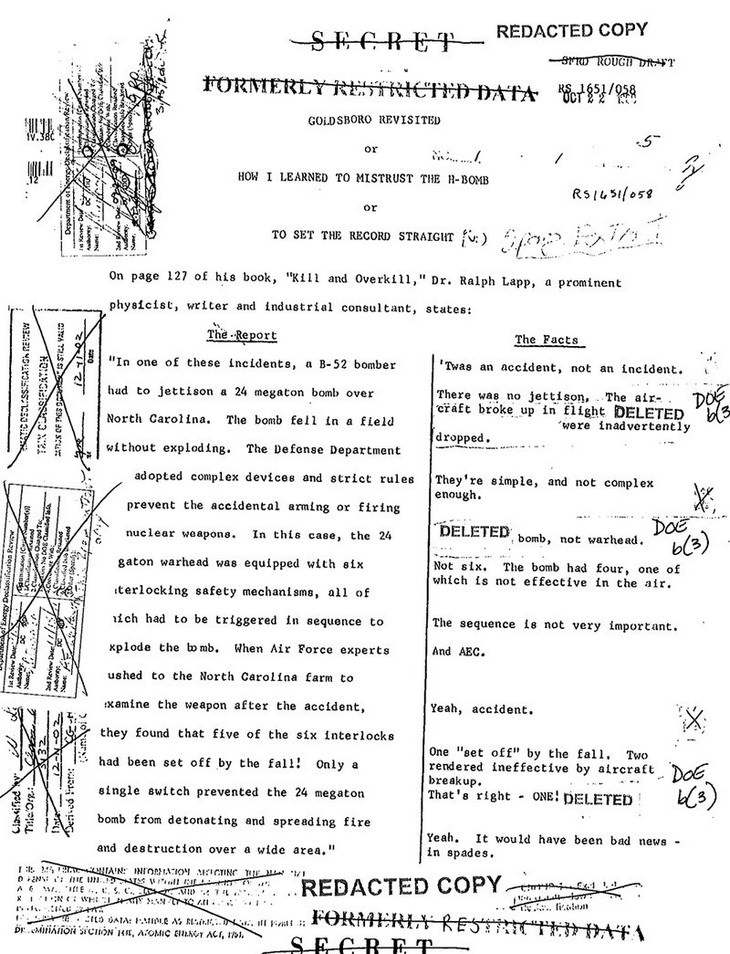
Had this one little switch not stayed on lock, the entire state of North Caroline might not have existed today. The fallen thermonuclear devices were 250 times more powerful than Little Boy, the bomb that was dropped on Hiroshima during WWII. If detonated, it would have produced a fireball 2 km in diameter and inflicted third-degree burns on anyone standing as far as 19 km away.
Some people disagree with this version of the incident, claiming the actual possibility of detonation was next to none. In their book Broken Arrow: The Declassified History of U.S. authors, Michael H. Maggelet and James C. Oskins point out that that the arm-ready switch was in the safe position, and the high-voltage battery was not activated, no electrical power could reach any components necessary to fire the weapon and produce a nuclear explosion.
Whatever the case may be, we should all be eternally grateful for the multiple safety systems that prevented the explosion, and most of all - to plain old luck.
 19:24
19:24
These Man Made Pools Provide Support to Millions of People
The Potash Ponds are not only a striking sight but also an extremely important resource. What's their story? Find out here.
 9:37
9:37
The Surprising Origin of the Frozen TV Dinner
Frozen 'TV dinners' once dominated the American market. This is the surprising origins story of this popular food.

QUIZ: Which Founding Father Were You in a Past Life?
Do you think you were the great George Washington, the confident Thomas Jefferson, or perhaps someone else? Take this personality quiz and find out!
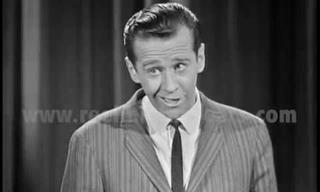 5:51
5:51
A Nostalgic Yet Funny Routine by George Carlin Circa 1965
Today we know him as one of the mot successful comedians but, in 1965 George Carlin was only starting his career. This stand up routine might get you motalgic...
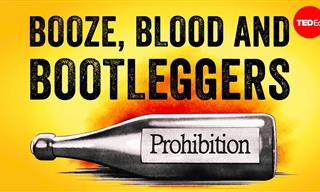 5:13
5:13
The Terrible and Unexpected Results of Prohibition
Delve into a fascinating chapter in American history with this video, which explains why prohibition failed and shouldn't be attempted ever again
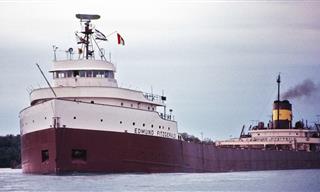
The Great Lakes Claimed Many Ships - Here Are 7 Of Them
The Great Lakes used to be America's busiest highways. Unfortunately, it wasn't always smooth sailing. Here are the stories of 7 shipwrecks haunting the lakes.

Ruby Chocolate is More Than Just Its Pretty Pink Color
Ruby chocolate, the "fourth type of chocolate", has been gaining a lot of attention of late. Is it really a different type of chocolate?

8 Mysterious Objects Found By Deep Sea Divers
The oceans are vast and mysterious, and they hide many strange and curious lost objects. Here are 8 such items, unearthed by deep-sea divers.
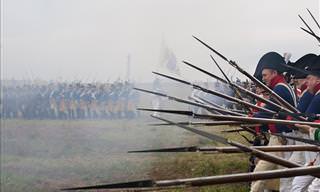
5 Historical Battles that Have Quite the Story to Tell
Read all about five of the most historically important battles to have ever graced this earth, many of which were fought and won by the underdogs.
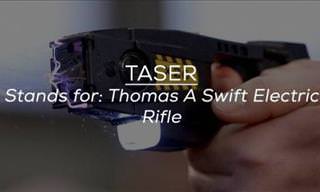
I Had No Idea These Brand Names Are Actually Acronyms
There are loads of brand names out there that are actually acronyms, and here are some of the most surprising ones!

12 Beautiful Facts About the Charming Act of Kissing
Such interesting facts about the act of kissing...
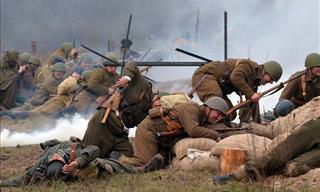
Experience the Dramatic Moments of WWII in Moving Color
This 13-episode television documentary series recounts the major events of World War II in HD color.

14 Obsolete English Terms We Wish Were Brought Back!
Over the centuries, so many eloquent and useful English words fell out of use. We wish these 14 clever (but sadly obsolete) terms were used more often.
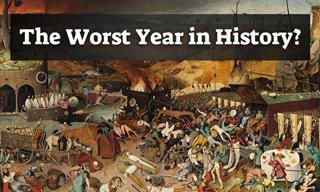
Was This the WORST Year in Human History?
We thought 2020 was probably the worst year in human history. But wait till you read about the chaos that ensued in 536 AD.

12 Unusual Ancient Currencies You Probably Never Hear Of!
With no credit cards and cash around, what did the people of the past use to buy things? It turns out that the list of objects used as ancient currencies is quite surprising!

12 Genius Ancient Chinese Inventions We Use to This Today
In this article, we'll focus on 12 surprising everyday items we all use that got their start many centuries ago in Ancient China...
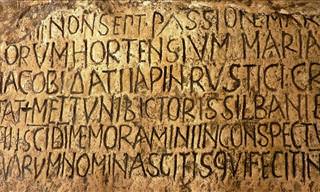
Impress Your Friends With These Quirky Latin Phrases
Make yourself look wiser and more romantic by using these ten Latin phrases on a daily basis.

These Are the Most Overused Words in the English Language
Are you guilty of using these overused words in English? Find out!

These Women Were the First EVER Supermodels in History
Modeling looks like an obvious career path to us now, but it wasn't always so. Who were the first-ever supermodels who paved the way for stars like Cindy Crawford?
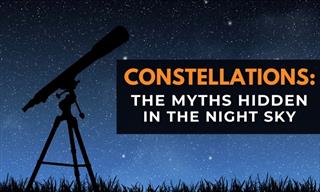
What’s Written in the Sky? 8 Greek Constellation Myths!
Have you ever wondered how constellations got their names? These stories from Ancient Greece reveal the mythology behind 8 prominent constellations in the sky.

Ancient Love Stories: The Most Iconic Historical Romances
The pages of history are crammed with some remarkable stories about love. Let's explore some of the greatest ones ever told.

15 Quotes by Meryl Streep That Inspire Everyone
Meryl Streep, the queen of acting, has shared many wonderful words on life and success that everyone will find inspiring.
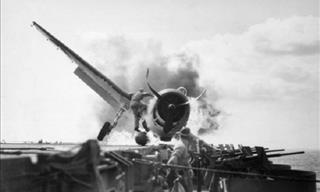
25 Old Photos That Show How Different the World Used To Be
Check out this amazing collection of vintage pictures that show us how much the world around us has changed.

9 Facts About Ancient Egypt You Probably Didn’t Know
Venture beyond the usual facts about the pyramids and Tutankhamen and learn 9 equally fascinating facts and misconceptions about Ancient Egypt

Baby Names That are BANNED Around the World
These 14 names, some bizarre and some fairly ordinary, have been rejected or even outright banned in countries around the world for different reasons.
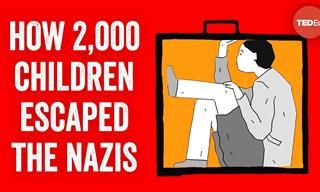 5:57
5:57
Irena Sendler - The Woman Who Saved Over 2000 Lives
Get to know the amazing story of Irena Sendler, a social worker who saved the lives of over 2000 Jewish children During World War II
 3:25
3:25
Saxophone Magic: 15 Unforgettable Solos
These renditions of epic sax solos are just perfect.
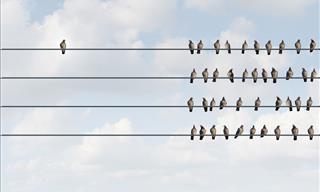
What is the Trait Many Creative People Have in Common?
Turns out the 'mad genius' trope is rooted in truth. Studies show that the feeling of ‘not belonging’ is indeed linked to creativity levels.
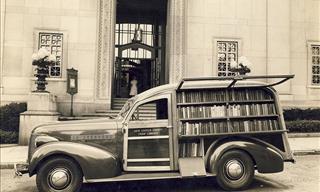
20 Nostalgic Images of Circulating Libraries
Way before Amazon, the visit of the bookmobile was one of the most exciting moments. These 20 nostalgic images capture the circulating libraries of the past.
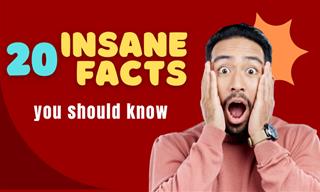
20 Mind-Blowing Facts That Sound Completely Made Up
You won't believe how crazy these crazy facts are.
 9:40
9:40
The Different Origins of Fruit: A Fascinating Discovery...
Where does fruit come from? Find out here.
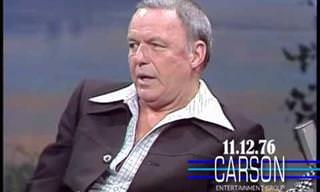 4:53
4:53
That Time Sinatra Told a True Story About Don Rickles
40 years ago Frank Sinatra appeared on the Johnny Carson show. Unbeknownst to him, Don Rickles surprised him by appearing there, and Sinatra told a funny and true story about the both of them.

Ancient Legends: 13 Terrifying Folklore Creatures
These fearsome folkloric beings have been keeping people awake for generations.
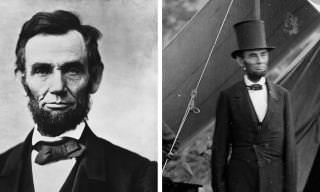
13 Geniuses, Who On Some Level, May Have Been a Little Mad
These geniuses may have been smart, but they are incredibly weird too!

12 Mind-Blowing History Facts You Never Knew Were True!
These historical facts may not sound particularly likely, but trust us, they're really true!

This Struggling Single Mom's Story Will Warm Your Heart
A good story is all you need to restore your faith in humanity, and the story of single mom Billie, from Florida, is definitely one to do just that.

The 7 Most Popular Books Ever Sold
In this article, we set aside the Bible and focus on seven other books – from novels to reference works – that have achieved extraordinary global popularity.
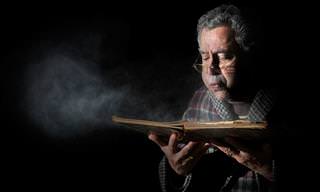
Keep a Conversation Flowing With These Historical Facts
If a conversation you're having starts to stall, just throw out some of these amazing historical facts and you’ll be talking long into the night!

These Beauty Practices of the Past Look Strange Today…
17 fascinating photos of beauty procedures, treatments, and practices from the first half of the 20th century that look strange and curious today
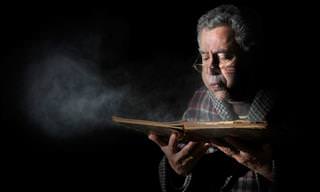
15 Super-Interesting Facts that Will Surprise You
These surprising historical facts will supply a meaty meal for anecdote and history lovers alike. It's so much fun to learn those small details about days gone by.

You’ll Love Learning Of These Surprising Facts!
We assure you - these 14 facts are as entertaining and as they are unbelievable!
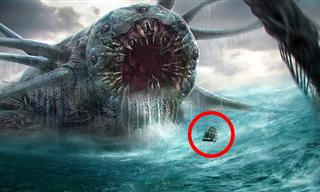 10:42
10:42
Meet the 10 Most Dangerous Creatures from the Greek Myths
Greek mythology is filled with some truly fascinating and terrifying creatures. Get to know more about a few of them.

The Origins of these 10 Olympic Words is Fascinating
You use these popular sports words all the time. But do you know where they come from?
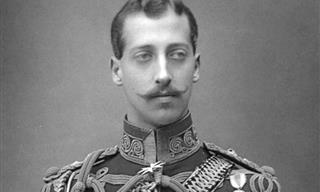
5 Strange Lesser Known Stories About the British Monarchy
Some of these lesser-known rumors about the British Royal Family are funny, some are mysterious, and some are just plain odd...

The 20 Most Impressive and Random Collections People Keep
We have all heard of a stamp or comic book collection, but we bet you have never seen collections like these before.
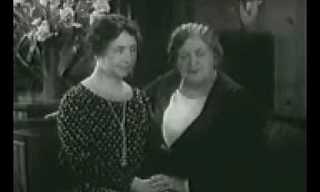 2:59
2:59
Rare History: Watch as Helen Keller "Speaks"!
Long before Steven Hawking astounded us with his resolve in the face of adversity, there was a woman who was shocked the world with her ability to have a life, gain a degree and even become an author, political activist, and lecturer.
 2:50
2:50
Laugh Out Loud With This Funny String Quartet Performance
Watch this truly hilarious musical performance by comedy string quartet known as the MozART group.

10 of the OLDEST Perfumes in the World
Here's a list of 10 perfumes on the scale from vintage to antique you can still buy today WITHOUT breaking the bank!

Using These French Phrases in English Elevates Your Speech
Even if English is the only language you speak, we’re more than convinced that you’re quite familiar with a bunch of French words...
To enable your Ad-Free Subscription, please fill the fields below
Your subscription was successful, now you can enjoy an ad-free experience!! Note: To make sure you get no ads, please make sure to log in to your account. If you are logged in already, then refresh the page. The subscription can be cancelled at any time.


